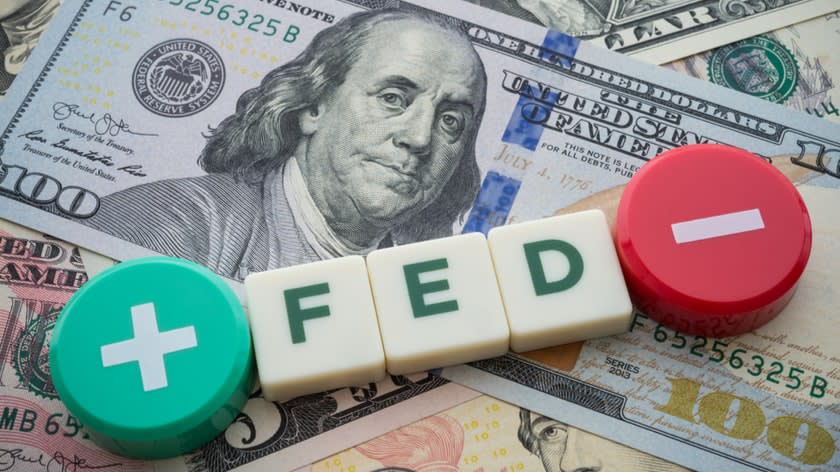Fed Watch: Paving the way for Dec-taper


Fed View: Tapering announcement looks imminent. Dots fall (just) short of projecting a full 2022 rate hike.
The outcome of the September FOMC meeting was broadly in line with . The key change to the policy statement was on tapering, with the Fed stating that if progress continued towards its labour market and inflation goals, that a “moderation in the pace of asset purchases may soon be warranted.” In the press conference, Chair Powell later confirmed that this meant that it ‘could come as soon as the next meeting’. On the pace of tapering, Powell said that although no decision was taken, the Committee was broadly in favour of a taper that concludes ‘around mid next year’. This is consistent with our base case that the Fed would announce a tapering of its asset purchases in November, with the first reduction in purchases starting in December, and the process taking around 6 months. We expect an initial purchase target reduction in December to $60bn per month for US Treasuries (from the current $80bn), and $30bn per month for MBS (currently $40bn). Thereafter, we expect $20bn and $10bn respective reductions to be announced at each subsequent meeting, with asset purchases ending entirely in May or June. This tapering pace would give the Fed sufficient leeway to change course if need be, while ending purchases relatively soon.One risk to this view is whether a sufficiently strong pace of payrolls growth continues over the coming months, and Powell was questioned on this in the press conference, particularly in light of the weak August print. Powell responded that the cumulative gains in the labour market mattered most, that for him the substantial further progress goal was ‘all but met’, and that in September only a ‘reasonably good’ jobs report would be necessary to proceed with tapering. Complicating matters somewhat, the October payrolls report comes out just two days after the November Fed meeting, meaning that if we get a weak or even lukewarm September payrolls (say, around a 200k jobs gain), the Fed may opt to delay the decision until the December meeting.
Dots fall (just) short of projecting a full 2022 rate hike
The Fed also updated its quarterly macro and rates projections at this meeting. As expected, the median FOMC forecasts for 2021 growth fell (to 5.9% from 7.0% in June; ABN: 6.2%), and the PCE inflation forecast rose (to 4.2% from 3.4%; ABN: 4.3%). The median growth forecast for 2022 also rose significantly, however, to 3.8% from 3.3% (ABN: 4.1%), while the forecast for PCE inflation remained close to 2% beyond this year – reconfirming the Committee’s view that the current elevated inflation is indeed transitory. On rates, two members turned more hawkish with regards to a 2022 liftoff, and this shifted the median projection for the federal funds rate to 0.3% (rounded) from 0.1%, i.e. around half a rate hike. On the subject of lift-off, in the press conference Powell was once again keen to stress that the ‘timing and pace of the coming reduction in asset purchases’ should not be seen as a ‘signal regarding the timing of interest rate liftoff, for which we have articulated a different – and substantially more stringent – test’. Our base case continues to be that rate hikes start in late 2023, consistent with our view that inflation will ease rapidly next year. We are currently reviewing our base case for the Fed ahead of our publication of 2023 growth and inflation forecasts, and hope to communicate our updated view in the coming weeks.